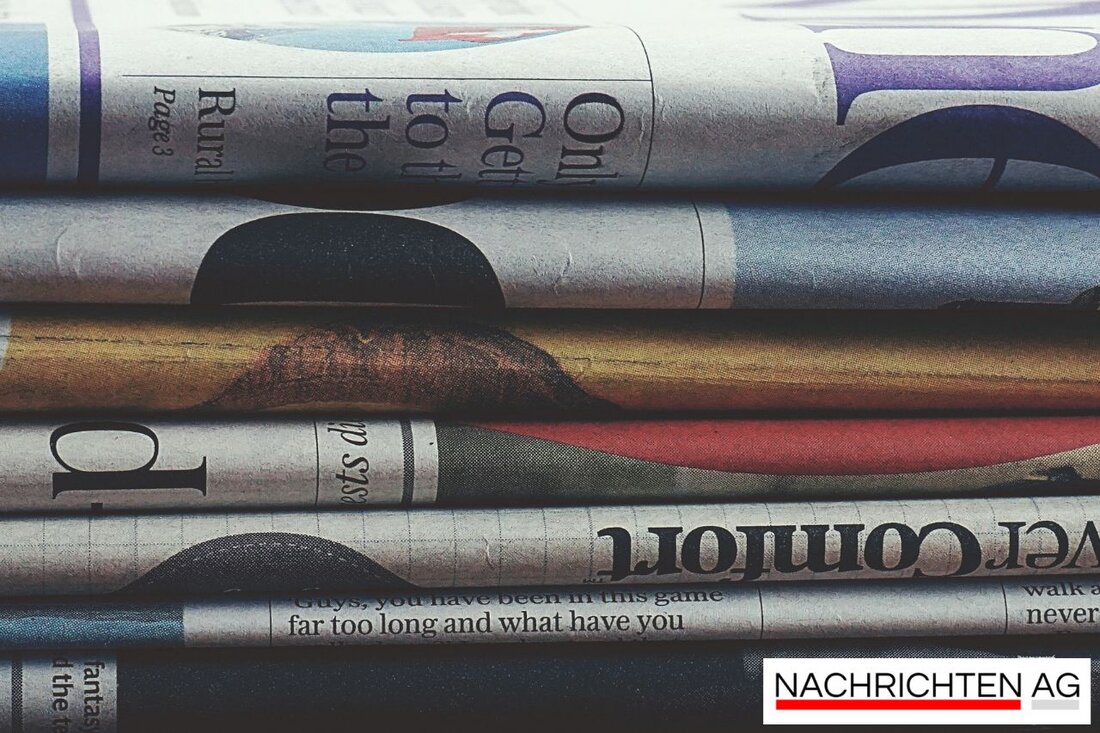Steel city in tune with the times: New museum for Brandenburg an der Havel!
Brandenburg an der Havel is planning to realign its industrial museum to strengthen its cultural and industrial identity.

Steel city in tune with the times: New museum for Brandenburg an der Havel!
Brandenburg an der Havel has a rich history as a city of steel, which is deeply anchored in the region's cultural memory. With the industrial museum, which houses the last Siemens-Martin furnace in Europe, and the “Stahl Brandenburg” sports club, the city not only shows its industrial past, but also how steel production shaped the cityscape. The museum now looks back on almost three decades of its history and commemorates the various industries that have emerged here since the turn of the 19th and 20th centuries, including textiles, vehicle construction, aircraft construction and toy manufacturing. Meetingpoint Brandenburg reports that industry continues to be an important pillar of urban development.
In order to do justice to the changing times, the industrial museum is thinking about a conceptual realignment. The aim is to transform the museum into a hybrid model that functions as an industrial museum, science center, creative campus and experience stage. The aim is for an annual number of 100,000 visitors, which would represent a clear step into the future. However, for this vision to become reality, those responsible consider an increase in subsidies of around 40,000 euros to be insufficient. An expanded circle of supporters should be found.
Sources of inspiration for realignment
An outstanding example of a successful transformation is the “Völklinger Hütte” World Heritage Site. This UNESCO World Heritage Site is the only fully preserved ironworks from the industrialization and has established itself as a cultural attraction. A look at the past of the Völklinger Hütte shows how Hermann Röchling and his family shaped the industrial company, from blast furnace operations to production changes during the war years. The change to cultural use in Völklingen is a good example of how old industrial facilities can be converted into modern cultural spaces, as can be found on the Völklinger Hütte website.
However, the challenge for Brandenburg is to combine the cultural and industrial aspects. A recent analysis shows that financial resources have increased from 120,000 euros in 2015 to 189,000 euros in 2023, without any significant changes. Campaigns and projects that establish the museum as a point of identification for the city are of central importance. To this end, not only the regional roots but also national visibility and European networking should be strengthened.
Brandenburg and its neighbors
The Brandenburg Industrial Museum is part of a network of museums across the federal states. That's the theme Herrenwyk Industrial Museum History Workshop the history of the Lübeck blast furnace works with guided tours about steel shipbuilding in the 20th century, and the East Bavaria Mining and Industrial Museum shows the development of industry in the Upper Palatinate. Each museum has its own unique story and contributes to the preservation of the cultural heritage of industrial production in Germany.
With this comprehensive approach, Brandenburg an der Havel hopes to not only preserve the past, but also create an exciting place for the future. The industrial museum will soon become a laboratory, a stage and a place for future education, which will provide impetus for urban development beyond 2040. It remains exciting to see how the plans will develop further.

 Suche
Suche
 Mein Konto
Mein Konto